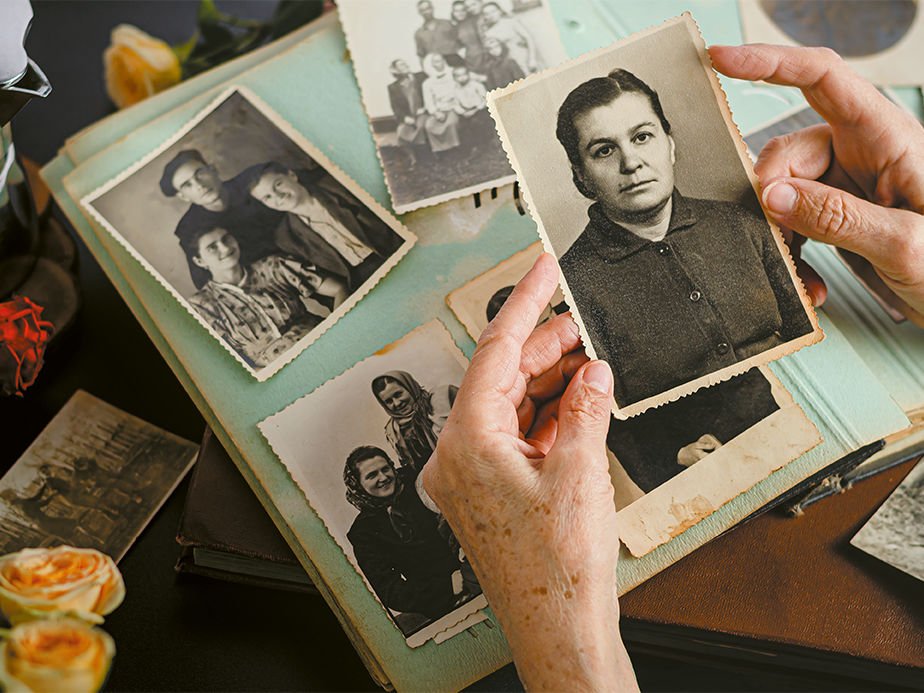Tracing your heritage- good or bad?
Home DNA testing kits are a popular way to learn more about your heritage. Here’s how they work and what you need to know before diving in.
By Judith Maizey

If you’re a fan of crime shows, you know that DNA testing is a vital part of any serious murder investigation if you want to nail the killer. However, DNA testing can be used for other purposes and has become extremely popular with people wanting to trace their family heritage and draw up a family tree.
In most cases, the process is harmless and the person doing the test ends up with information that’s interesting, but benign. They may discover they have Viking blood or that they’re 75% Spanish, 23% Italian and 2% Irish.
However, in some cases, DNA testing kits can open a Pandora’s box of family secrets that were never supposed to be unleashed.
In one real-life case, the parents of an adopted son did not want anyone in the family getting their DNA tested, as their son had not been told the truth of his adoption. The truth was, the sister of his adopted father—his so-called aunt—was in fact his birth mother.
In another true-life case, a woman in her 50s only recently found out that the man she believed was her ‘uncle’ is in fact her older brother.
Bearing this mind and if you’re still interested in delving into your family histories, there’s quite a few companies helping people learn more about their ancestry through DNA testing that involves simply sending away a sample of your saliva.
A couple of the more well-known companies doing this are Ancestry.com and National Geographic, but others include Living DNA, Find My Past, Nebula Genomics, Dynamic DNA Labs, Family Tree DNA, and 23andMe.
These companies say a report from a DNA test will give you a clearer picture of who you are by identifying your ethnicity in percentages and geographical origins.
Did you know?
DNA testing service 23andMe has partnered with Airbnb to organise “heritage vacations” for people to visit places where their ancestors had lived.
Family Tree DNA, for example, claims its test will allow you to trace both your maternal and paternal lineage.
However, what happens to your DNA once it is in their database? Some providers, like Nebula Genomics, emphasise they never share information with third parties. However, privacy policies vary between companies and your DNA could potentially be sold or given to third party companies.
In one famous example in 2018, the Golden State Killer, a notorious serial rapist and murderer in the US, was apprehended four decades after his crimes were committed thanks to DNA testing kits. DNA collected from the crime scenes was uploaded by police to a private home DNA testing company’s database, which identified relatives of the killer. From there, authorities were able to narrow down and finally arrest the killer, raising a huge number of ethical issues in the process.
Beyond privacy concerns, you also need to be aware the results are not definitive and can be quite confusing if you don’t fully understand the process—particularly if you send saliva samples to two different companies, which some people do.
An investigation by the Canadian Broadcasting Corporation (CBC) found DNA tests done of identical twins, who have virtually the same DNA, gave different results. This was despite the same company analysing both tests. In this case, the company 23andMe, told one twin she was 13% “broadly European” while the other twin was told she was only 3% “broadly European”. A 2019 Vox article on the CBC study also stated that when the twins had their DNA tested by other companies, each one gave them different results.
What you need to appreciate when signing on for one of these DNA tests is that the reports are mostly based on estimates and comparisons.
Brisbane resident Pene Walsh, who was gifted a National Geographic DNA test by her brother as a Christmas present, said there were no surprises in her results.
Pene said she received a map of the world with white lines on it which told her that she had originated in Africa and showed where her family had settled throughout Europe.
“I thought I was very dull as my ancestry was mainly England, Scotland, and Ireland,” she said.
“I was hoping for more exotic understanding of myself, but I was very predictable."
Pene said she had not really thought about privacy issues when she did the test years ago and those same issues wouldn’t really concern her if she was to repeat the process.
“I didn’t get enough information out of it to make it interesting to me, but if I were to do something like that again, I would be willing to pay more to get more information,” she said.
To get a result from your saliva sample, companies such as Ancestry.com compare your DNA variations or SNPs (single nucleotide polymorphisms) with known reference groups.
These comparisons look to see if you have common ancestors with people in the reference groups. The reason you can get a different result from different companies is because they use different reference groups and the groups are constantly changing.
The result is also only as good as the information provided by individuals in the reference groups about where their families originated from, so it’s not an exact science.
Computers using algorithms are also part of the process, as they determine the percentages of your ancestry—but again, this is not perfect, as there are issues differentiating among ancestries which look genetically similar (such as English and Irish).
With Ancestry.com, as well as receiving percentages of your ethnicity and tracing your ancestors’ journey throughout time, it promises to identify other relatives who have also taken Ancestry’s DNA test.
So, as mentioned earlier, researching your ancestry through a DNA test will, in most cases, turn out to be completely in offensive where you just receive some information about your long-dead relatives and your curiosity is satisfied.
But, before you decide to go down that path, just be mindful of privacy issues about who can access your DNA and that you could be opening a Pandora’s box which could be hard to close.

This article is featured in the Summer 2022 issue of National Seniors Australia’s quarterly member magazine, Our Generation.
Become a member today and receive four free hard copy issues of Our Generation (valued at $39.80) a year as part of your membership, along with exclusive discounts, competitions, branch membership and more!
Your membership directly funds our advocacy and research work that benefits older Australians including fixing pension poverty, tackling health care costs, and improving aged care.




